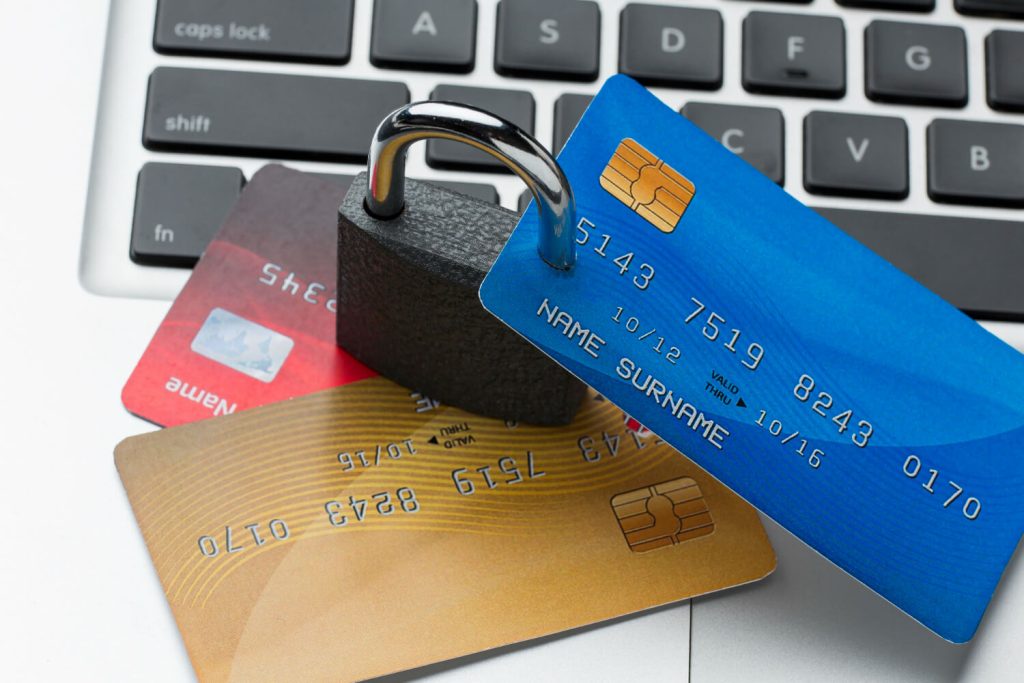In the rapidly evolving world of e-commerce, integrating secure payment gateways is crucial for businesses to thrive. As we move into 2024, the landscape of online payments continues to change, with new technologies emerging and security standards becoming more stringent. This guide will walk you through the essential steps and best practices for integrating secure payment gateways in 2024.
Understanding Payment Gateways
Before diving into integration, it’s important to understand what a payment gateway is. A payment gateway is a service that authorizes and processes payments for e-commerce websites and mobile applications. It acts as an intermediary between your customer’s bank and your merchant account, ensuring that sensitive financial information is transmitted securely.
Key Considerations for Choosing a Payment Gateway
When selecting a payment gateway for your business, consider the following factors:
- Security Features: Look for gateways that offer robust security measures such as encryption, tokenization, and fraud detection.
- Compliance: Ensure the gateway is PCI DSS compliant to protect cardholder data.
- Supported Payment Methods: Choose a gateway that supports various payment methods popular among your target audience.
- Integration Ease: Consider how easily the gateway can be integrated with your existing systems.
- Fees and Pricing Structure: Understand the fee structure, including setup fees, transaction fees, and any monthly charges.
- Customer Support: Opt for gateways that offer reliable customer support to address any issues promptly.
Steps to Integrate a Secure Payment Gateway
1. Choose the Right Payment Gateway
Research and select a payment gateway that aligns with your business needs and security requirements. Popular options in 2024 include Stripe, PayPal, Square, and Authorize.Net.
2. Set Up Your Merchant Account
Create an account with your chosen payment gateway provider. This typically involves providing business information and undergoing a verification process.
3. Obtain API Credentials
Once your account is set up, obtain the necessary API credentials. These usually include an API key and secret key, which you’ll use to authenticate your integration.
4. Implement Server-Side Integration
Develop server-side code to handle payment processing. This involves:
- Making API calls to the payment gateway
- Handling responses and errors
- Storing transaction data securely
Ensure that all sensitive data is processed on the server-side to maintain security.
5. Design the Client-Side Interface
Create a user-friendly checkout interface that collects payment information. Use secure forms and implement client-side validation to enhance user experience and reduce errors.
6. Implement Tokenization
Use tokenization to replace sensitive card data with unique identifiers. This adds an extra layer of security and can help reduce PCI DSS compliance scope.
7. Enable Strong Customer Authentication (SCA)
Implement 3D Secure 2.0 or similar authentication methods to comply with SCA requirements, especially if you’re operating in regions like the European Economic Area.
8. Test Thoroughly
Conduct extensive testing in a sandbox environment before going live. Test various scenarios, including successful payments, failed transactions, and edge cases.
9. Go Live and Monitor
Once testing is complete, switch to the live environment. Continuously monitor transactions and be prepared to address any issues that arise.
Best Practices for Secure Payment Gateway Integration

- Use HTTPS: Ensure all pages that handle payment information use HTTPS to encrypt data in transit.
- Implement Data Validation: Validate all input data on both client and server sides to prevent injection attacks.
- Keep Software Updated: Regularly update your integration code and any libraries or SDKs provided by the payment gateway.
- Log Transactions Securely: Maintain detailed logs of all transactions, but ensure that sensitive data is not logged.
- Implement Proper Error Handling: Display user-friendly error messages without revealing sensitive information about your system.
- Use Secure Coding Practices: Follow secure coding guidelines to prevent common vulnerabilities like SQL injection and cross-site scripting (XSS).
- Conduct Regular Security Audits: Perform periodic security assessments to identify and address potential vulnerabilities.
- Educate Your Team: Ensure that all team members involved in payment processing understand security best practices.
Emerging Trends in Payment Gateway Integration for 2024
As you integrate payment gateways in 2024, keep an eye on these emerging trends:
- AI-Powered Fraud Detection: Utilize machine learning algorithms to detect and prevent fraudulent transactions more effectively.
- Biometric Authentication: Implement biometric verification methods like fingerprint or facial recognition for enhanced security.
- Blockchain Integration: Explore the potential of blockchain technology for more secure and transparent transactions.
- Contactless Payments: Ensure your integration supports the growing demand for contactless payment methods.
Conclusion
Integrating secure payment gateways in 2024 requires a careful balance of security, user experience, and compliance with evolving standards. By following the steps and best practices outlined in this guide, you can create a robust and secure payment system that instills confidence in your customers and protects your business from potential threats. Remember, payment security is an ongoing process, so stay informed about the latest developments and continuously update your systems to maintain the highest levels of security.





